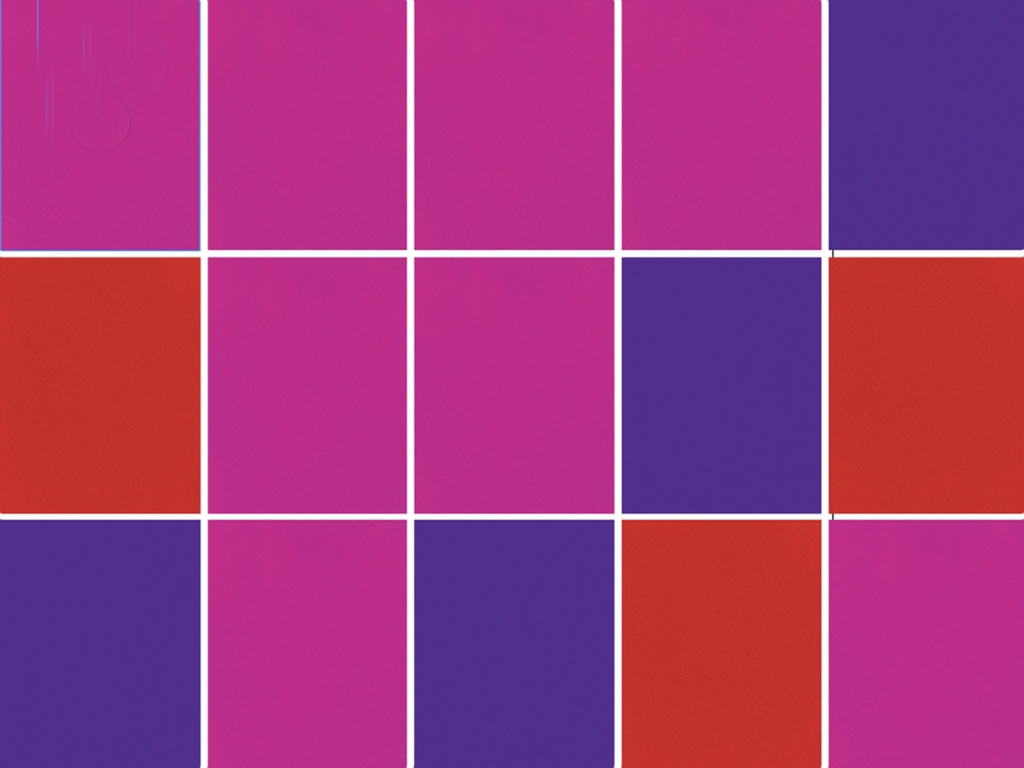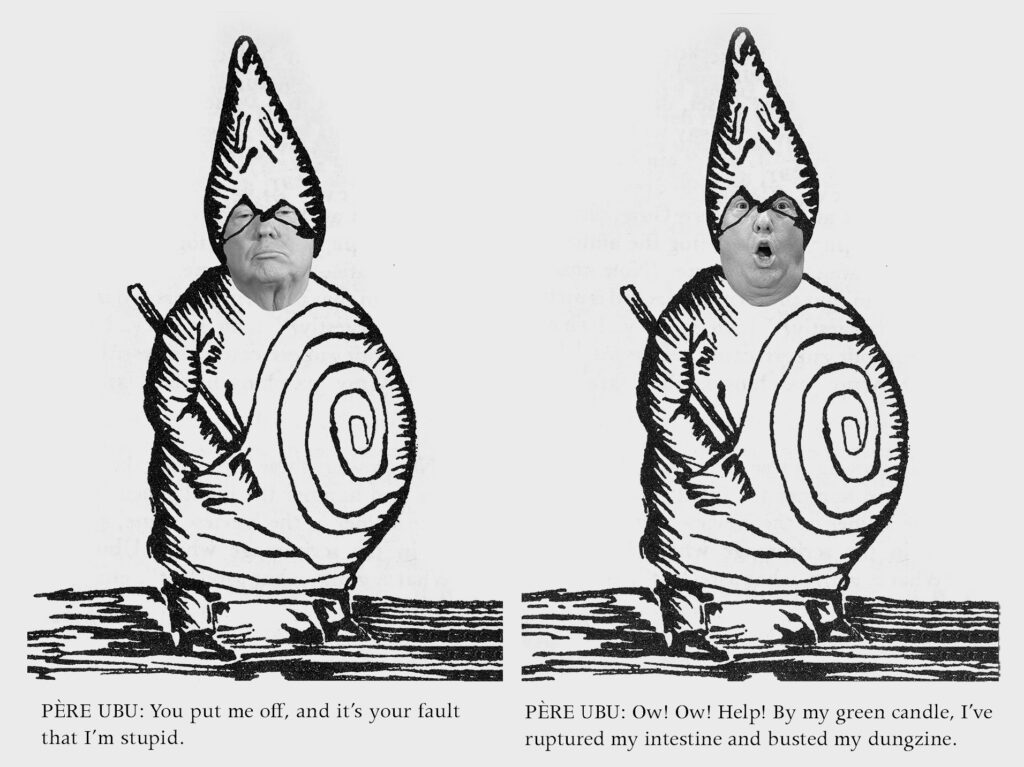“Art is a Survival Tactic”Fran Bigman, Bookforum
reviews, 09/01/21
Just after Donald Trump’s election, British-born artist Richard Kraft decided to use the visual language of soccer penalties to track the president’s daily offenses, from lying about the weather during his inauguration (yellow card) to calling the media dishonest (red card, meaning automatic ejection). Now, Siglio is publishing an artist’s book representing the nearly ten thousand cards he created over four years. The five-volume hardcover set, “It Is What It Is”: All the Cards Issued to Donald Trump, January 2017–January 2021 (Siglio Press, $135), is named after Trump’s dismissal of covid-19’s death toll. On the page, the mosaics of jewel-toned rectangles in richly designed spreads look like soothing abstractions, but the transgressions underlying each hue transform the effect, jolting the mind out of the visual pleasure they provide.
Trump’s crimes rapidly exceed Kraft’s attempt to measure them. He had to immediately invent a magenta card for more serious offenses, like family separation and climate-change denial. When, in 2020, he adds purple to track Trump’s disastrous pandemic response, the purples quickly come to stand for other crimes, like using tear gas on protesters; Kraft admits that even adding a color as bold as crimson for Trump’s attempts to undermine democracy feels “insufficient.” Volumes 1, 2, and 3 are devoted to 2017, 2018, and 2019, respectively, with penalty cards at the front of the book and annotations at the back describing what Trump did to warrant each caution. In 2020, though, Trump’s crimes become so frequent that Volume 4 can hardly contain them, and Kraft’s explanations overflow into Volume 5. The cards become more crimson and mauve as America’s political situation darkens.
The stubborn systematism of Kraft’s project, and its touchingly futile attempt to collate ephemeral news and prevent forgetting, remind me of On Kawara’s “Today” series, created regularly from 1966 until the year before Kawara’s death in 2014. These paintings simply state the date, conveying both a sense of repetition and progression. The personal slips in with the subtitles and newspaper clippings, often about current events like the Vietnam War, that Kawara chose to accompany each canvas. Kraft’s project is also personal, reflecting his childhood love of soccer. But there’s a redemptive element absent from Kawara’s work: Kraft’s idea of art as a survival tactic that makes beauty out of ugliness. For the viewer, though, the effect of both projects may be overwhelming, as they document the relentless assault of devastating world-historical news and the continuing lack of accountability of those in power.
Originally published in the September/October/November 2021 issue. Read at Bookforum.
see also
✼ ex libris:
“Multiplicity and distance or void wasn’t an affected practice on Johnson’s part; they were the very lenses of his reality.” —Elizabeth Zuba, from her introduction to Not Nothing: Selected Writings by Ray Johnson
[...]
